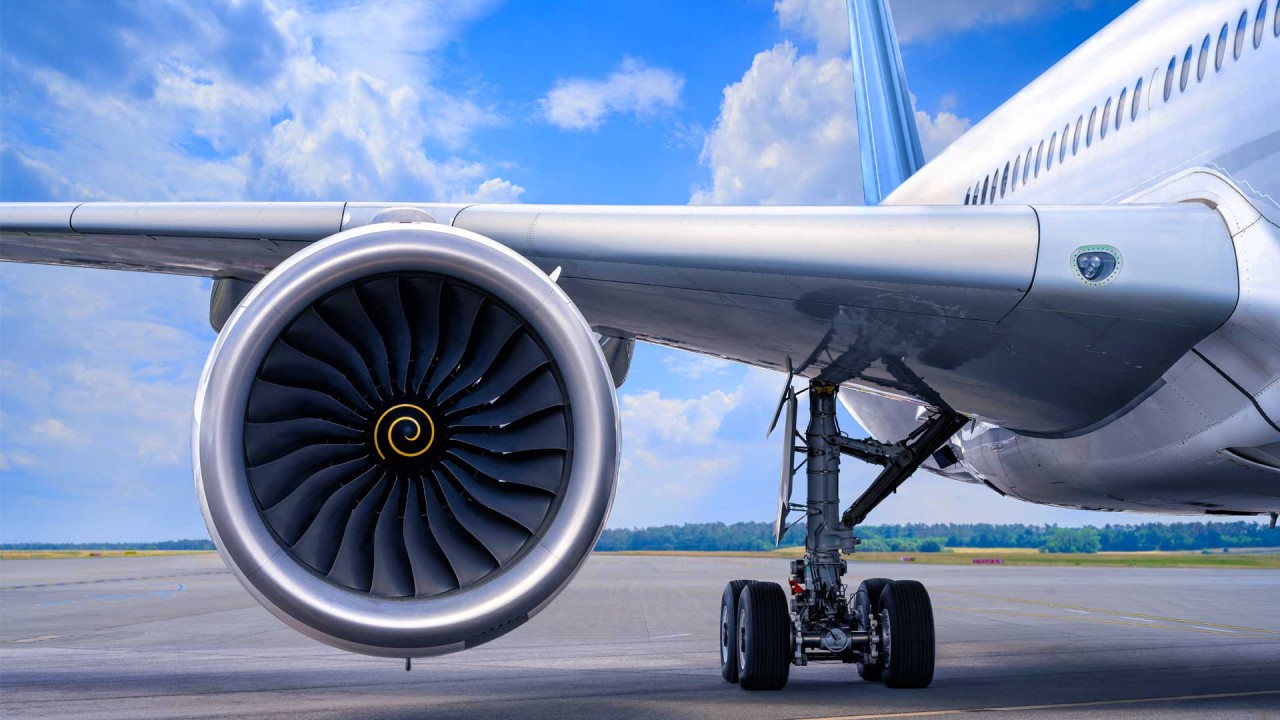
Ever wondered what makes the aerospace industry tick? This high-flying sector isn't just about rockets and planes; it's a world of innovation, science, and engineering marvels. From the first powered flight by the Wright brothers to the latest Mars rover, the aerospace industry has always pushed the boundaries of what's possible. Did you know that the International Space Station travels at a whopping 17,500 miles per hour? Or that modern jet engines can weigh as much as a school bus? Buckle up as we take you through 15 mind-blowing facts about this fascinating field. Whether you're an aviation enthusiast or just curious, these insights will leave you starstruck!
Key Takeaways:
- The aerospace industry has a fascinating history, from the Wright brothers' first flight to modern space exploration, showcasing incredible technological advancements and achievements.
- Companies like Boeing, Airbus, and Lockheed Martin have shaped the aerospace industry, and the future promises even more exciting developments, from electric aircraft to space tourism and hypersonic travel.
The Birth of the Aerospace Industry
The aerospace industry has a rich history filled with innovation and adventure. From the Wright brothers' first flight to modern space exploration, this field has always pushed the boundaries of what is possible.
-
The Wright Brothers: Orville and Wilbur Wright made the first controlled, powered, and sustained flight on December 17, 1903. Their aircraft, the Wright Flyer, flew for 12 seconds and covered 120 feet.
-
First Commercial Flight: The first scheduled commercial airline flight took place on January 1, 1914. The St. Petersburg-Tampa Airboat Line flew a Benoist XIV biplane across Tampa Bay, Florida.
Milestones in Aerospace Technology
Technological advancements have driven the aerospace industry forward, leading to faster, safer, and more efficient aircraft.
-
Jet Engines: Frank Whittle and Hans von Ohain independently developed the first jet engines in the late 1930s. These engines revolutionized air travel by allowing planes to fly faster and higher.
-
Supersonic Flight: On October 14, 1947, Chuck Yeager broke the sound barrier in the Bell X-1 aircraft. This achievement marked the beginning of supersonic flight.
-
Stealth Technology: The development of stealth technology in the 1970s allowed aircraft to evade radar detection. The F-117 Nighthawk, introduced in 1983, was the first operational stealth aircraft.
Space Exploration Achievements
The aerospace industry isn't just about airplanes; it's also about exploring the final frontier—space.
-
Sputnik 1: Launched by the Soviet Union on October 4, 1957, Sputnik 1 was the first artificial satellite to orbit Earth. This event marked the beginning of the space age.
-
Moon Landing: On July 20, 1969, NASA's Apollo 11 mission successfully landed humans on the moon. Neil Armstrong and Buzz Aldrin became the first people to walk on the lunar surface.
-
International Space Station (ISS): The ISS, a joint project involving multiple countries, has been continuously inhabited since November 2000. It serves as a laboratory for scientific research in microgravity.
Aerospace Industry Giants
Several companies have played pivotal roles in shaping the aerospace industry.
-
Boeing: Founded in 1916, Boeing is one of the largest aerospace manufacturers in the world. It produces commercial airplanes, defense systems, and space exploration vehicles.
-
Airbus: Established in 1970, Airbus is a European aerospace corporation known for its commercial aircraft. The Airbus A380, introduced in 2007, is the world's largest passenger airliner.
-
Lockheed Martin: This American aerospace company, formed in 1995, specializes in defense and advanced technology. The F-35 Lightning II is one of its most notable projects.
Future of Aerospace
The future of aerospace promises even more exciting developments, from sustainable aviation to space tourism.
-
Electric Aircraft: Companies like Eviation and Pipistrel are developing electric aircraft to reduce carbon emissions. These planes aim to make air travel more environmentally friendly.
-
Space Tourism: Companies such as SpaceX, Blue Origin, and Virgin Galactic are working on making space tourism a reality. Soon, civilians may have the opportunity to travel to space.
-
Hypersonic Travel: Hypersonic aircraft, capable of flying at speeds greater than Mach 5, are in development. These planes could drastically reduce travel time between continents.
-
Urban Air Mobility: The concept of urban air mobility involves using electric vertical takeoff and landing (eVTOL) aircraft for short-distance travel within cities. This could revolutionize urban transportation.
The Final Countdown
The aerospace industry is a fascinating blend of innovation, technology, and exploration. From the Wright brothers' first flight to Mars rovers, this field has come a long way. It's not just about rockets and planes; it involves satellites, drones, and even space tourism. The industry's impact on global communication, weather forecasting, and national security is immense.
Understanding these 15 facts gives a glimpse into how aerospace shapes our world. Whether you're a student, an enthusiast, or someone curious about technology, these insights are valuable. The next time you see a plane overhead or read about a space mission, you'll appreciate the complexity and innovation behind it. Keep exploring, stay curious, and who knows? Maybe you'll be part of the next big leap in aerospace history.
Frequently Asked Questions
Was this page helpful?
Our commitment to delivering trustworthy and engaging content is at the heart of what we do. Each fact on our site is contributed by real users like you, bringing a wealth of diverse insights and information. To ensure the highest standards of accuracy and reliability, our dedicated editors meticulously review each submission. This process guarantees that the facts we share are not only fascinating but also credible. Trust in our commitment to quality and authenticity as you explore and learn with us.


